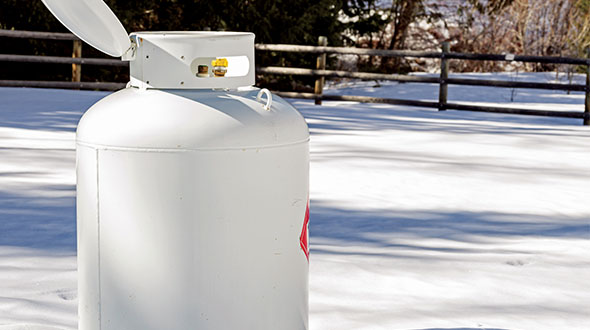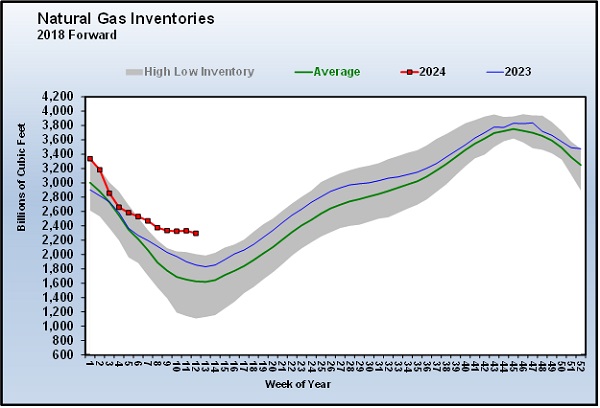Hydraulically fractured wells unlock two-thirds of natural gas production in US
A recent report by the U.S. Energy Information Administration (EIA) sheds light on natural gas production in the United States. It gives us in the propane industry perspective on our own supply sources.
We know that nearly all U.S. propane demand today is met by domestic supply sources. In fact, in 2014, propane produced from domestic natural gas liquids (NGL) met more than 98 percent of total U.S. propane demand – really an amazing statistic from ICF International’s 2016 Propane Market Outlook. And if you combine that production figure with U.S. refinery production of propane, NGL and crude oil resources for propane significantly outpace domestic propane demand. This, of course, is why the United States has become a major exporter of propane.
Looking further upstream, we get a clearer picture of our supply sources. Most of our propane comes from natural gas and NGLs, so a strong tie between natural gas production and hydraulic fracturing in the United States is worth noting.
Now just to review: The hydraulic fracturing process involves forcing a liquid (primarily water) under high pressure from a wellbore against a rock formation until it fractures. A proppant within the liquid (usually sand) is used to keep the fractures open, allowing the hydrocarbons to flow from the rock formation back to the wellbore and then to the surface. (As a side note, companies have used propane instead of water in the hydraulic fracturing process, though we’ll save that topic for another day.)
Natural gas production from hydraulically fractured wells makes up about two-thirds of total marketed gas production in the United States, according to EIA. The numbers indicate that hydraulic fracturing, for decades referred to as an unconventional completion technique, has become the primary way for the United States to produce natural gas in recent years.
As a byproduct of natural gas processing and crude oil refining, propane has also become abundant domestically in recent years. As marketed gas is further processed into dry natural gas, also known as consumer-grade natural gas, hydrocarbon gas liquids such as propane and ethane are extracted. In addition, impurities that would interfere with pipeline operations or end-use applications are also removed from the natural gas stream.
Hydraulic fracturing has been successfully used in directional (non-vertical) and vertical wells, natural gas and oil wells and in non-tight formations and reservoirs, EIA notes.
Natural gas production from hydraulic fracturing, EIA adds, has primarily come in recent years from shale and other tight rocks in the Marcellus and Utica formations of the Appalachian Basin, the Bakken formation in Montana and North Dakota, the Eagle Ford formation in Texas and the stacked Permian Basin formations in Texas and New Mexico.
Advances in horizontal drilling, used in combination with hydraulic fracturing, have allowed oil and gas producers to reach rock formations rich in oil and gas deposits more efficiently.
















